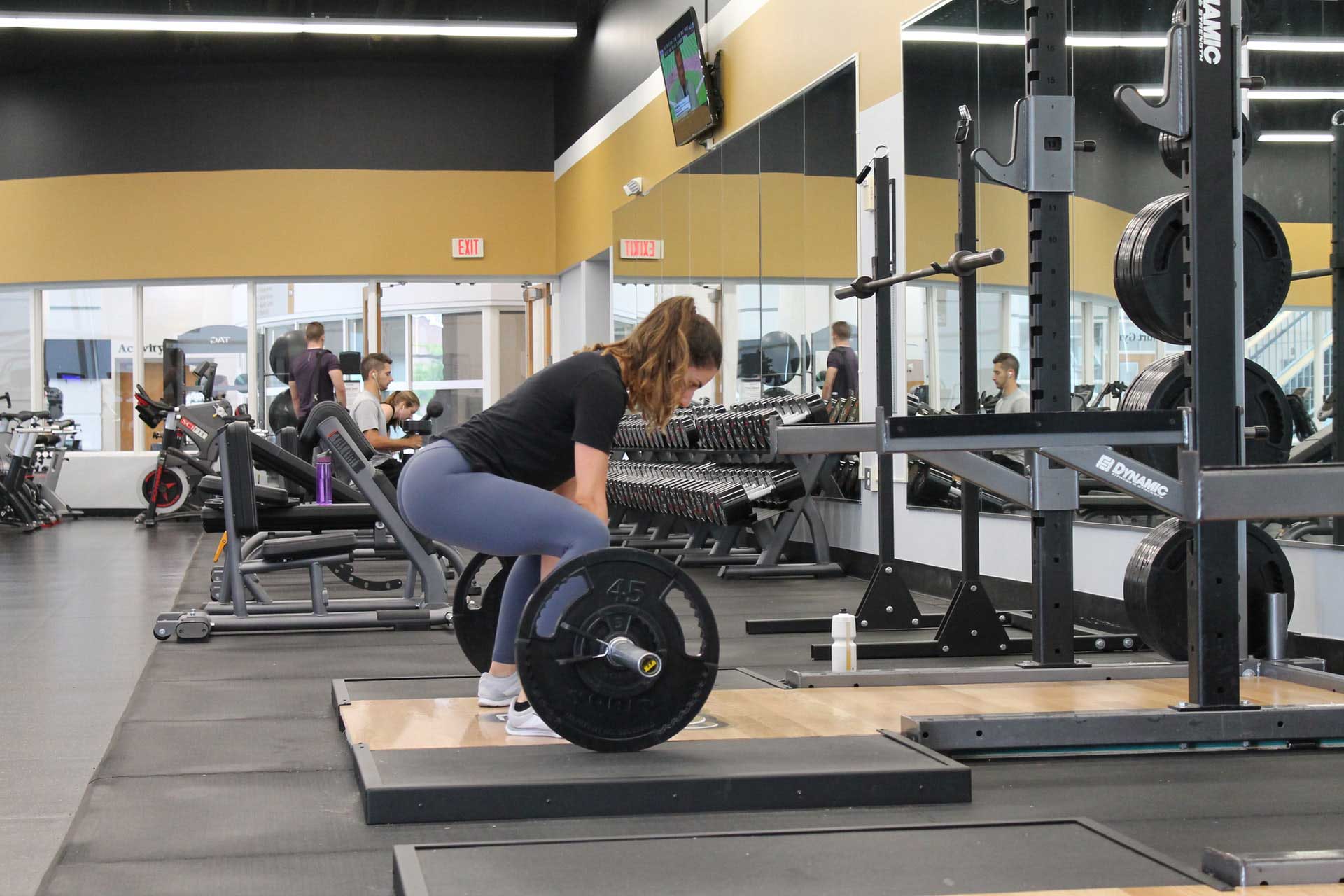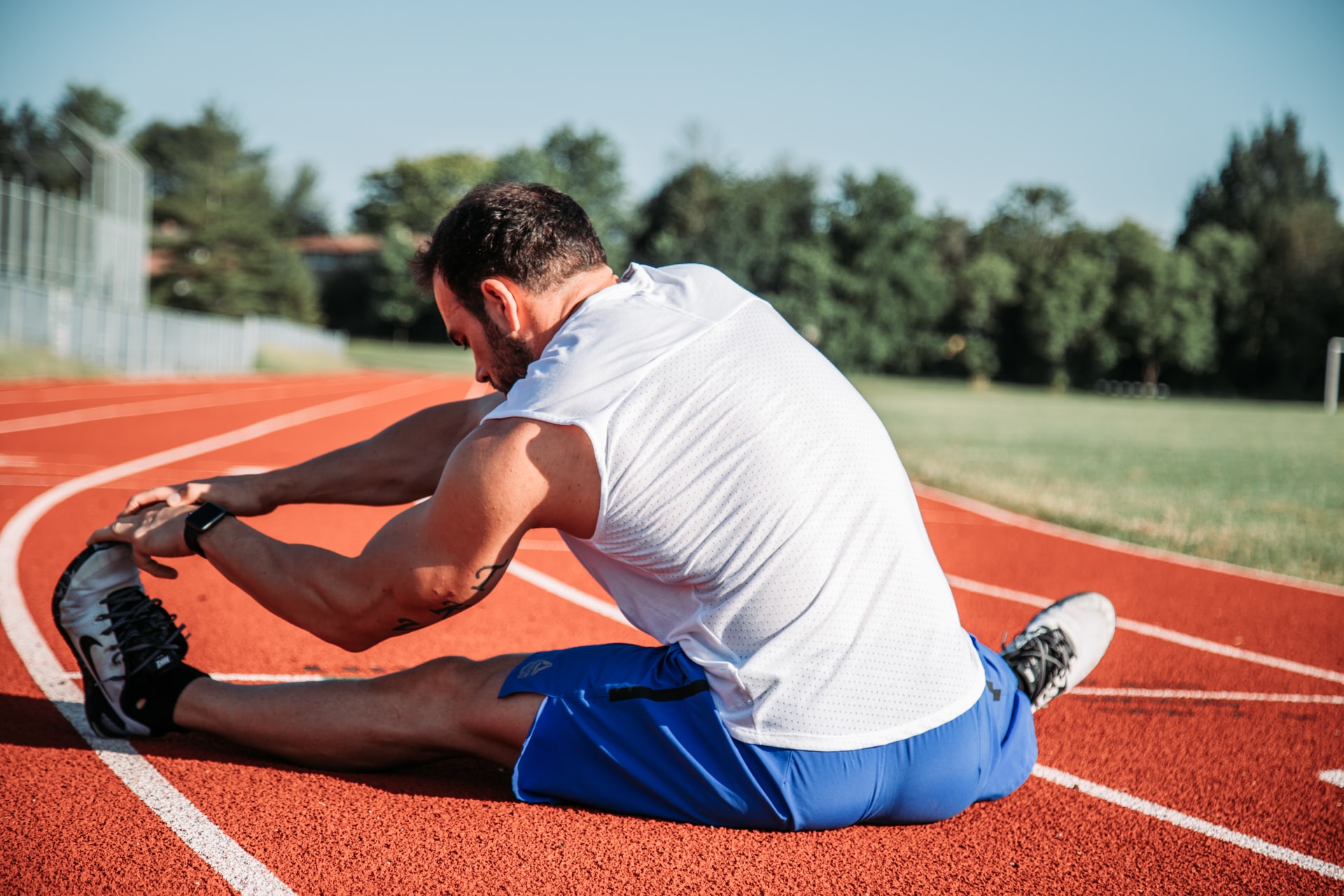
How to Start Working Out Again
By Zachary Ward Posted August 19, 2020 in FITNESS
Whether you stopped working out because of COVID-19 or other reasons, you may be wondering how to get back into the groove and start working out again.
First, you should ask yourself whether it’s safe to go back to your local gym. According to the CDC, outdoor exercise or a virtual routine is probably best right now. If you’re not comfortable facing the gym, you can still find ways to get in shape.
Assess Your Fitness
Consider how long you’ve been on a vacation from exercise. If it’s just been a few weeks, you can probably do a self-assessment. If it’s been a few months or years, you may want to talk to your healthcare provider before you start working out aggressively.
You may want to take some baseline metrics to measure your progress:
- Weight
- Waist measurement
- Number of minutes it takes to walk one mile
- Pulse rate before and after walking one mile
Develop Your Fitness
If you’ve stopped exercising for a period of time, you may not have the stamina you had before. You may have new injuries to consider. Before jumping back in, think about your goals and needs. Small amounts of physical activity can help you regain strength and stamina to get back to the level you want. Making a plan to fit your new routine into your daily schedule can not only make it easier to start working out again, but also help you be more consistent and stick with it.

It can also help to think about why you stopped working out. If you were bored with your fitness plan, maybe you need to think about new ways to get your exercise in. Different activities can help you stay motivated and interested.
Ease Into a
The American Heart Association recommends 150 minutes of moderate-intensity aerobic activity each week. If you’ve been hibernating, don’t expect to start out at the same level you were pre-hibernation.

The first goal is to get your body moving. If you overdo it, you can injure yourself physically. More importantly, it can also be mentally defeating. When you can’t keep up with the exercise routine, you feel overwhelmed. It can be hard to keep going.
Warm Up and
Stretching before your workout prepares your body for exercise. It raises your body temperature and increases blood flow to your muscles. An easy way to do a warm-up is to begin doing your activity, only at a slow speed and pace. You should sweat a little, but you shouldn’t feel fatigued.

To cool down, reduce your workout intensity when you’re almost done. Warm-ups and cool-downs should each last about 5 to 10 minutes.
Listen to Your
As you’re easing back into exercise, you need to find the right balance between the “no pain, no gain” discomfort of pushing your body and too much pain that indicates something is wrong.
Your body is going to tell you that it’s uncomfortable. You may be stiff and sore for a few days. That’s the good kind of pain. You may want to spring for a massage in the first week to help your muscles relax.

However, certain kinds of pains can be a precursor to problems. If you’re middle-aged and feel sharp pains in your chest while exercising, you should slow down maybe even stop until you talk to your doctor. Sharp pains in your ankles, knees or other joints can be indicative of a sprain, inflammation or strain. Don’t push through that type of pain because you could injure a body part even more.
Pay attention to what your body is saying.
Take Care of

Monitor Your
After a few weeks, measure your waist and track how long it takes you to walk a mile. Use your assessments that you took before you got started. If you aren’t progressing, you may need to change your goals. You may find that you are meeting your fitness goals. When you lose motivation, ask a friend to exercise with you (at a socially acceptable distance), try a new activity or find a new location to walk or run.

Don’t Get
Getting back into exercising is a good goal to have. Just remember that you don’t have to get fit in one week. There’s a lot going on in the world right now. It’s okay to take a day off and refresh yourself mentally. Just don’t drop off for too long, because you’ll have to go through the motivation to restart. Keep going, knowing that you’re taking care of yourself.














